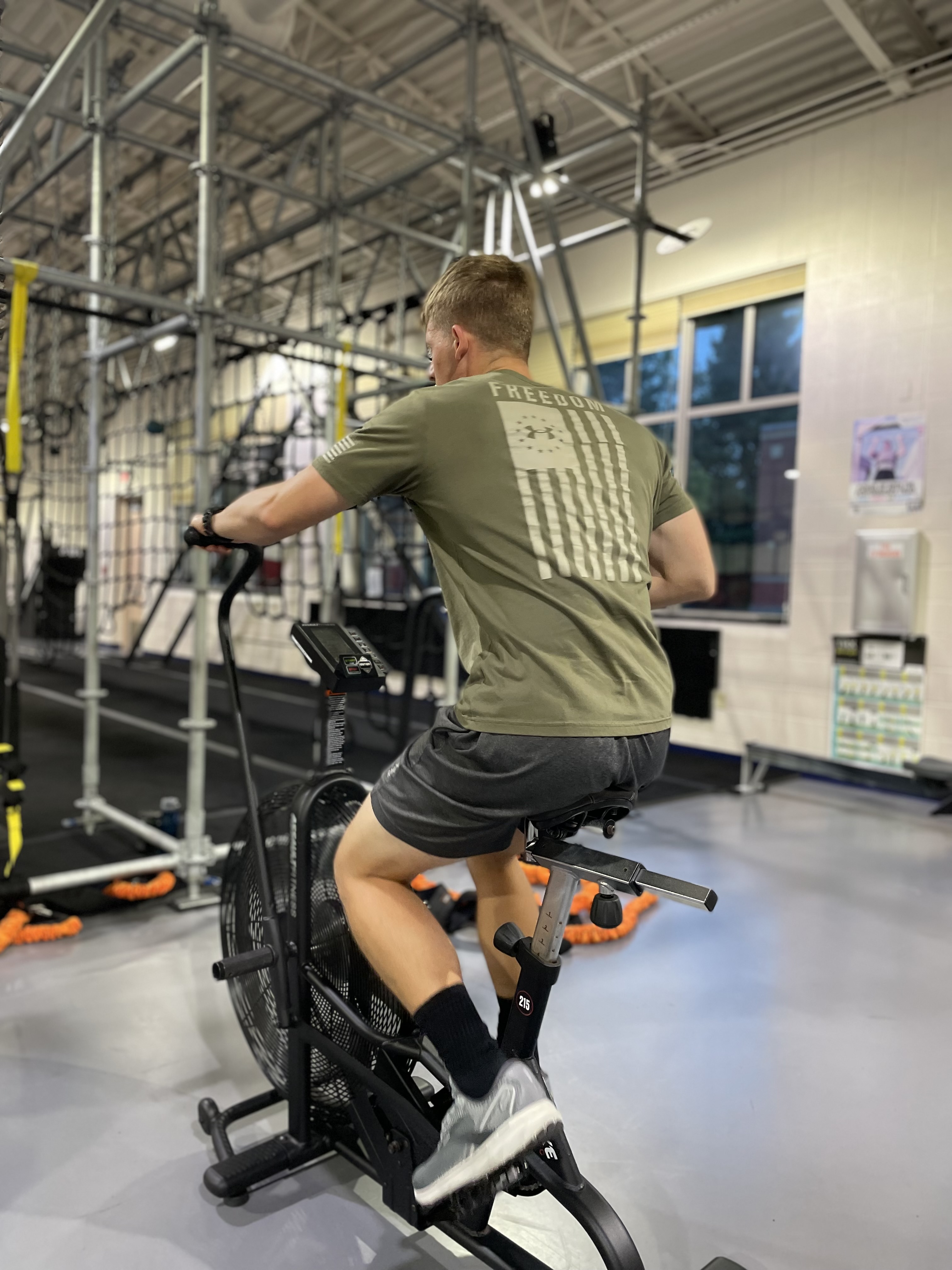
How do you adjust your training frequency and intensity to maximize your potential fitness success?
When you structure a workout program, it’s important to take a number of factors into account.
The training duration, frequency, intensity, volume, rest periods & exercise selection are some of the variables than can be adjusted based on your fitness goal. For the purpose of this article, we are going to focus on two factors that have a major impact on whether you are successful or not in achieving your goal.
How do you adjust your training frequency and intensity to maximize your potential fitness success?
While there are many ways to progress towards your fitness goal, some ways may take longer than others and have more potential for injury and/or regression. By not factoring in your training frequency and intensity, you might end up overworking yourself and burning out quickly. This will then lead to necessary time away from the gym and ultimately set you back some weeks or months.
On the flip side, if you train with a moderate frequency but rarely push the intensity, you will slow down your progression significantly. So it could take some time to see any noticeable changes in your performance/physique. The key is to find a healthy balance between the two and programming an effective plan for progressing towards your fitness goal.
The Inverse Relationship Between Frequency & Intensity
It is important to remember the relationship between frequency and intensity. They form an inverse relationship. The more you have of one, the less you need of the other. This principle can be manipulated based on your personal preference. If you are someone who likes to train often or even daily, then you can do so safely as long as you keep your intensity to moderate or low.
Alternatively, if you prefer to workout only a couple times a week, that is fine too. As long as you increase your intensity to at least a moderate level with the occasional high intensity day as well. Going into the gym and performing low intensity workouts only once or twice a week will still allow you to make progress. However, that progress will be much slower and could be discouraging.
Ask Yourself: How Do You Prefer to Train?
It’s an important question to ask yourself: what is your style of training? If you are someone who likes to train with a high intensity and “get after it” each time you workout, you need to be careful and pay extra attention to how you program your workouts. It is easy to have this training mentality and push your limit too often in the gym. Ultimately, this leads to injury and an annoying regression of your progress.
If you are this type of person, just remember that in the long term you will be better off by following a structured program that accounts for your intensity. Therefore, reducing the frequency at which you train. For instance, a proper program might call for you to train with a high intensity twice a week. Then, have one or two additional days of low intensity fitness or even mobility work. This will ensure you systematically progress towards your goal without overtraining and increasing your risk for injury.
If you are someone who likes to train frequently and be in the gym almost daily, that is fine as well. You will simply need to adjust your intensity accordingly. For example, if you enjoy working out every morning at 6AM and find just as much mental benefit as physical by doing so on a daily basis, you would want to keep most of your workouts at a moderate intensity. Some days you could go harder while taking it easier or throwing in active recovery days as necessary.
Final Takeaway
No matter how you like to train, take the time to program your workout routine! It should suit your style without compromising your health. Always err on the side of caution. Starting off with less frequency/intensity is better. You can gradually increase one or the other, as you assess how you feel after a few weeks of training.
Personally, I believe having a couple days of high-intensity training mixed with a few low- intensity days is best. This moderate frequency allows me to push myself once or twice a week while still working on other areas of improvement the other days. Some weeks may be completely different and be all low-intensity if my body is not feeling fully recovered.
Always listen to your body first! Give yourself adequate time to rest & recover if needed. And on the days you are programmed to be at high intensity, if you’re feeling good and sufficiently recovered, get after it!
-Ryan



